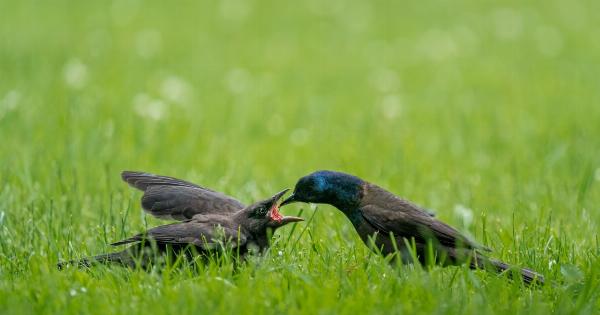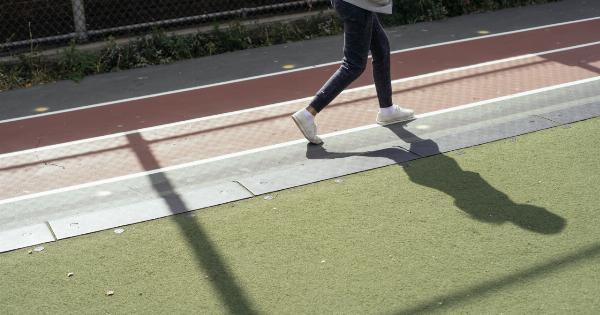Choking on food is a common hazard for children, especially in their early years when they are exploring different tastes and textures.
As a parent or caregiver, it is crucial to have the knowledge and skills to prevent and respond swiftly to food choking emergencies. This article provides essential tips and guidelines to help you keep your child safe from choking hazards and ensure their well-being during mealtime.
Know the Common Choking Hazards
It is important to be aware of the common choking hazards for children, as it can help you identify and avoid potential risks. Some common choking hazards include:.
- Small round foods like grapes, cherry tomatoes, and berries
- Hard candies and nuts
- Chunks of meat or cheese
- Peanut butter
- Raisins and dried fruits
- Chunks of raw vegetables
- Pieces of hot dogs or sausages
- Popcorn
Supervise and Monitor Mealtime
One of the most effective ways to prevent food choking incidents is to closely supervise and monitor your child during mealtime.
Avoid distractions such as phones, television, or other activities that can divert your attention away from your child’s eating habits. Sit with your child and be actively engaged in their meals, ensuring they are eating safely.
Create a Safe Eating Environment
Designing a safe eating environment for your child can significantly reduce the risk of choking. Here are some important steps to take:.
1. Cut Food into Small, Bite-Sized Pieces
Ensure that all foods are cut into appropriate sizes for your child’s age and developmental stage. For toddlers and young children, it is best to cut food into small, bite-sized pieces that are easy to chew and swallow.
2. Encourage Thorough Chewing
Teach your child to chew their food thoroughly before swallowing. Encourage them to take their time and emphasize the importance of not rushing through their meals.
3. Discourage Eating on the Go
Eating while running, playing, or engaging in other activities increases the risk of choking. Encourage your child to sit down and focus solely on their meal, reducing the chances of choking incidents.
4. Store Hazardous Foods Out of Reach
Keep small, round foods and other choking hazards out of your child’s reach. Store them in secure containers or cabinets to prevent accidental access.
Learn Infant and Child CPR
Being prepared for emergencies is essential as a parent. Learning infant and child CPR (Cardiopulmonary Resuscitation) can equip you with life-saving skills in case of a choking incident.
Enroll in CPR classes specific to infants and children and stay updated on the techniques and procedures.
First Aid for Choking Incidents
In the unfortunate event of a food choking incident, it is important to know how to respond promptly and effectively. Here are the steps to follow:.
1. Stay Calm and Assess the Situation
Remain calm to assess the severity of the choking. Mild choking allows the child to make sounds or cough, whereas severe choking prevents them from breathing or speaking. Act accordingly based on the severity.
2. Encourage Coughing
If the child is making coughing sounds, encourage them to continue coughing to try and dislodge the blockage naturally. Stay by their side to ensure the situation does not worsen.
3. Perform Back Blows and Chest Thrusts
If the child is unable to cough and is showing signs of severe choking, you must act quickly. Perform back blows and chest thrusts, alternating between the two, until the blockage is cleared or professional help arrives.
4. Call for Emergency Assistance
If the child remains in distress or loses consciousness, immediately call emergency services or seek medical help.
Prevention is the Key
Remember, prevention is always better than cure. By taking proactive measures and staying vigilant, you can significantly reduce the risk of food choking incidents in your child.
Implement the safety guidelines mentioned in this article and ensure your child’s mealtime experiences are safe, enjoyable, and free from choking hazards.



























